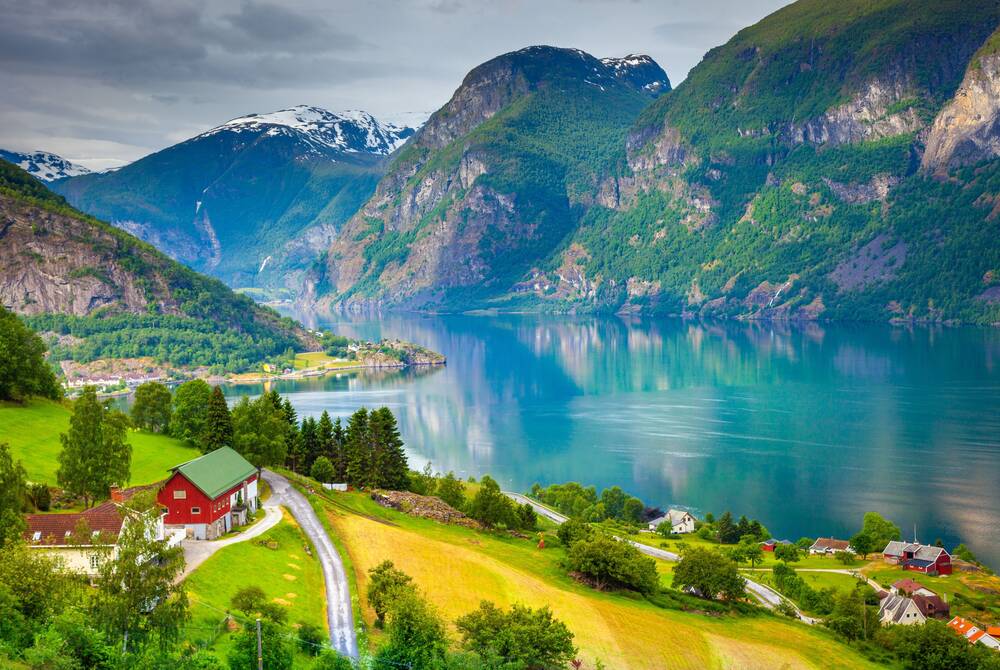Oslo, Norway’s vibrant capital, is a city where eclectic architecture meets centuries of history, all set against the picturesque backdrop of the Oslofjord. Whether you’re drawn to its rich Viking heritage, eager to explore its thriving culinary and cultural scene, or simply want to soak in the natural beauty of the fjord, Oslo offers an abundance of experiences for every kind of visitor. Here are our recommendations for the top 10 things to do in Oslo, from world-class museums and floating saunas to grand royal landmarks and serene green spaces.
1. Island-hopping in the Oslofjord

Oslo Fjord
A cruise on the Oslofjord offers a perfect, easily accessible introduction to Norway's beguiling natural beauty. Stretching over 100 kilometres from the North Sea to the heart of Oslo, the fjord is dotted with charming islands, secluded bays and wooded hillsides, and is especially captivating during the golden hours of summer. Aboard a sightseeing boat, enjoy panoramic views of the city’s landmarks while gliding past quaint fishing villages and historic lighthouses, with opportunities to go swimming or kayaking along the way.
2. Admire the view from the roof of Oslo Opera House

Oslo Opera House in Winter Sun, Credit: VisitOslo/Hedda Jerpåsen
The Oslo Opera House is a masterpiece of contemporary Scandinavian design, inspired by Norway’s striking natural landscapes. Rising from the edge of the Oslofjord like an iceberg, its gleaming marble roof invites visitors to walk from the water’s edge to sweeping city and fjord views. Inside, the world-class auditorium hosts opera, ballet, and orchestral performances, often complemented by behind-the-scenes tours for an exclusive glimpse into the creative process. Whether admired from the water, explored on foot, or enjoyed from a plush seat beneath its wave-like oak ceiling, the Oslo Opera House is a unique blend of artistry, architecture and Norwegian flair.
3. Immerse yourself in Norway’s largest art collection at the National Museum
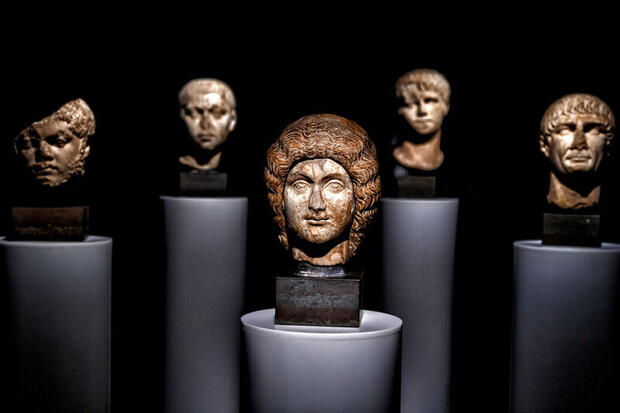
Ancient Roman busts displayed at the National Museum, Credit: Purecreations Photography/VisitOslo
The National Museum is a cultural jewel, home to a collection spanning centuries of art, design, and architecture. Set within a sleek, light-filled building on Oslo’s waterfront, it unites Norway’s most treasured works – from Edvard Munch’s 'The Scream' to exquisite 19th-century landscapes and bold contemporary creations. Meticulously curated galleries guide visitors on a seamless journey through centuries of creativity, while design and decorative arts exhibits celebrate the elegance of Scandinavian craftsmanship. Private guided tours offer an exclusive, in-depth experience, and the rooftop terrace rewards guests with sweeping views of Oslo and the shimmering fjord beyond.
4. Relax in a floating sauna
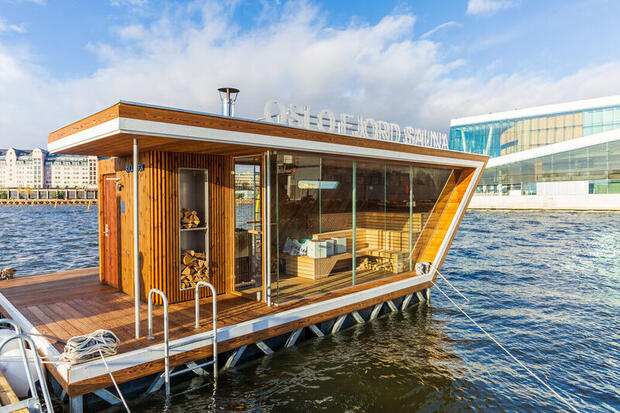
Floating Sauna, Credit: Visit Oslo/Didrick Stenersen
Visiting a floating sauna in Oslo offers a uniquely Nordic blend of wellness and connection to the surrounding nature. Set against the backdrop of the Oslofjord, these sleek wooden saunas float gently on the water, providing panoramic views of the city skyline and surrounding fjord landscapes. Many are sustainably built, with minimalist interiors and large windows that invite the outdoors in. After a session of dry heat, locals and visitors alike plunge into the refreshing, often icy waters for an invigorating contrast that’s both energising and deeply restorative.
5. Explore Vigeland Sculpture Park

Sculptures in Vigeland Sculpture Park, Credit: VisitOslo/Didrick Stenersen
Located within the lush grounds of Frogner Park, Vigeland Sculpture Park features over 200 works by Gustav Vigeland, offering an unparalleled open-air art experience. Each piece explores the human form and the universal themes of life, relationships, and emotion, framed by manicured lawns, elegant fountains, and tree-lined avenues. From the commanding granite Monolith, carved from a single block, to the whimsical bronze Sinnataggen ('Angry Boy'), every sculpture invites both reflection and admiration. Open year-round and free to enter, the park is especially enchanting in the soft light of early morning or late evening, when its pathways fall silent and the artworks seem to take on a life of their own.
6. Visit the Royal Palace and Gardens
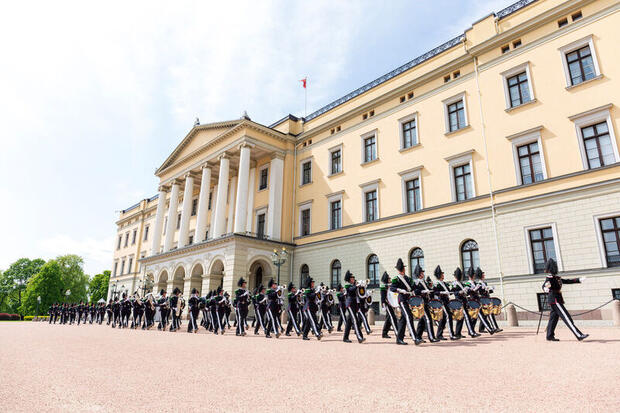
Changing of the guard at the Royal Palace, Credit: Visit Oslo/Didrick Stenersen
The Royal Palace and Gardens in Oslo offer a graceful glimpse into Norway’s monarchy and a serene escape in the heart of the city. Built in the early 19th century as the residence of King Charles III John, the neoclassical palace remains the official home of the Norwegian royal family. In summer, visitors can join guided tours through its opulent halls, adorned with chandeliers, state portraits, and richly decorated reception rooms. The surrounding Palace Park, open year-round, invites leisurely strolls along tree-lined avenues, past statues, fountains, and carefully tended flowerbeds. Timed to perfection, a visit can include witnessing the daily Changing of the Guard, a tradition that adds a touch of ceremony to this elegant and historic landmark.
7. Step back in time at the Akershus Fortress
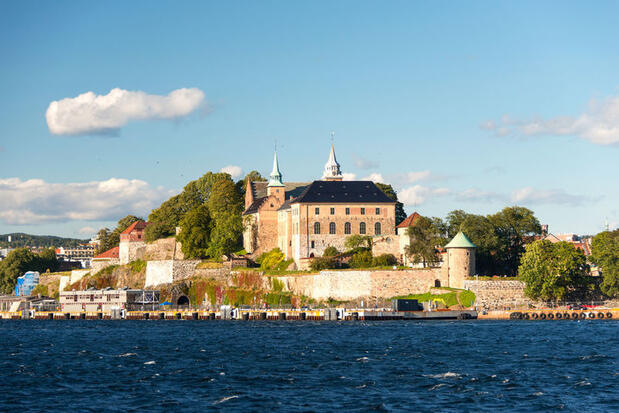
Akershus Fortress
Akershus Fortress is a commanding medieval stronghold that has guarded Oslo’s harbour for more than 700 years, offering visitors a captivating insight into the city’s rich history. Originally built in the late 13th century to defend against invasion, it has served as a royal residence, military base, and prison over the centuries. Today, its stone ramparts and cobbled courtyards invite exploration, with highlights including the beautifully preserved Akershus Castle, the Royal Mausoleum, and two on-site museums detailing Norway’s military past. From the fortress walls, guests can enjoy panoramic vistas over the Oslofjord and city skyline, particularly striking at sunset. Open year-round and free to wander, Akershus is both a cultural landmark and a tranquil escape, with guided tours available for a richer understanding of its storied past.
8. Dive into Oslo's culinary scene at Mathallen
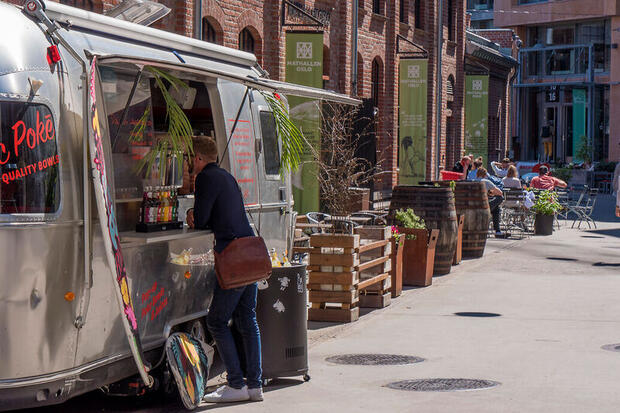
Foodtruck by Mathallen, Credit: Visit Oslo/Didrick Stenersen
Located in Oslo’s vibrant Vulkan district, Mathallen is a foodie haven housed in a beautifully restored brick warehouse. This celebrated food hall, ranked among Europe’s best, offers more than 30 specialty stalls and eateries showcasing both local Norwegian delicacies and eclectic international fare. From artisanal cured meats at Annis Pølsemakeri and exquisite seafood at Vulkanfisk to the convivial ambiance of the riverside Smelteverket bar, every corner tempts the palate. Whether you linger over champagne-paired tapas, attend a cooking masterclass at the Culinary Academy, or savour handcrafted desserts, Mathallen delivers an unmissable culinary experience.
9. Experience Edvard Munch's works at the Munch Museum
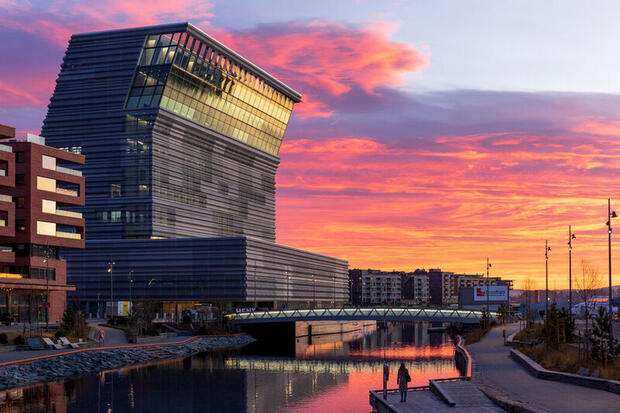
Munch Museum, Credit: Visit Oslo/Didrick Stenersen
The Munch Museum is a striking waterfront landmark dedicated to the life and work of Norway’s most celebrated artist, Edvard Munch. Housed in a bold, modern tower overlooking the Oslofjord, the museum holds the world’s largest collection of Munch’s works, including paintings, prints, photographs, and personal artefacts for a unique insight into his life. Spread across 13 floors, its exhibitions explore both the breadth of Munch’s artistry and his influence on modern and contemporary art, often complemented by special shows from international names. Visitors can enhance their experience with curator-led tours, enjoy coffee or fine dining with panoramic views from the upper floors, and even step onto outdoor terraces for sweeping vistas of the Opera House and fjord.
10. Step inside Norsk Folkemuseum
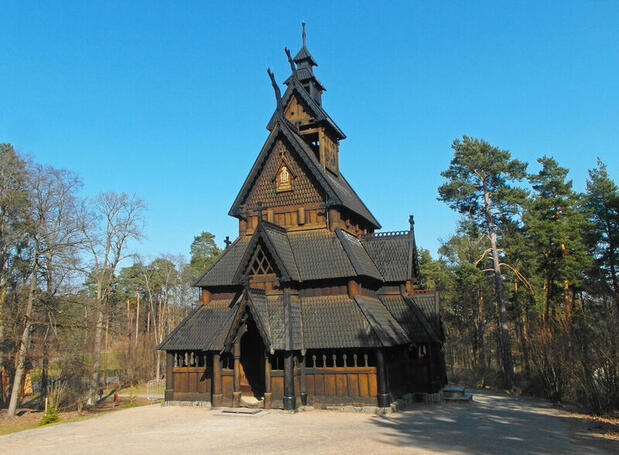
Gol Stave Church, Credit: Visit Oslo/Tord Baklund
Located on the Bygdøy Peninsula, The Norwegian Museum of Cultural History is one of Europe’s largest open-air museums and provides a fascinating window into the nation’s heritage. Spanning several centuries, it features more than 150 historic buildings relocated from across Norway, including traditional farmhouses, fishermen’s cottages, and a spectacular 13th-century stave church from Gol. Visitors can step inside these structures to experience how Norwegians once lived, with costumed guides, folk art displays, and seasonal activities bringing the past vividly to life. The museum also explores Sámi culture, urban history, and traditional crafts, offering a rich and varied perspective on the country’s diverse traditions. In summer, it becomes especially lively with folk dancing, horse-drawn carriages, and interactive workshops.








